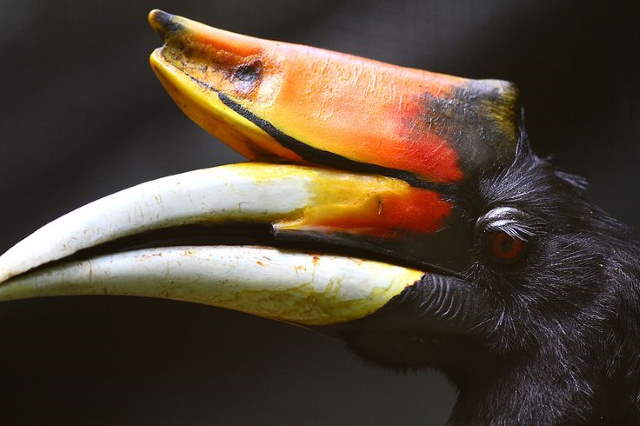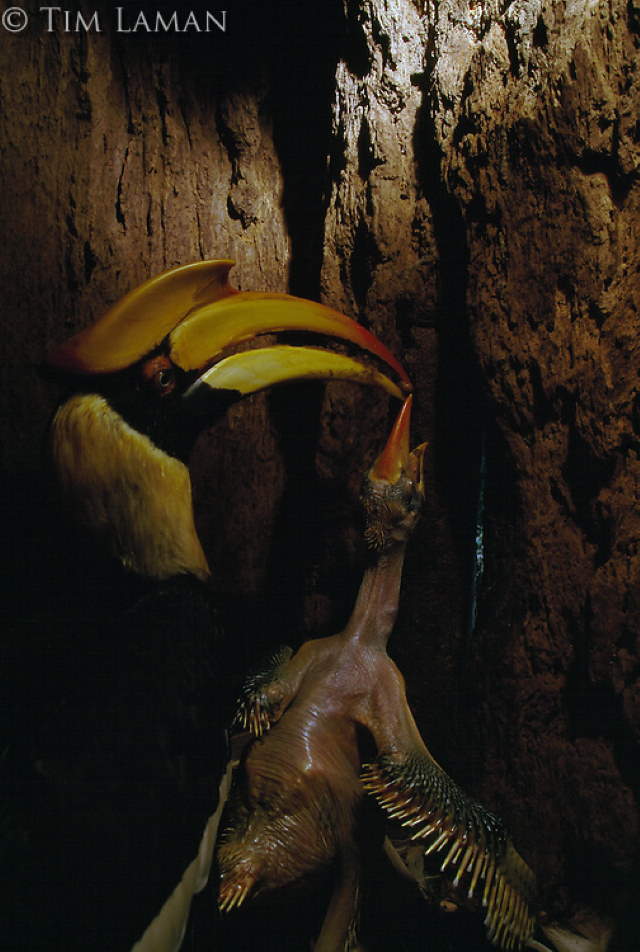SHANGRALA'S
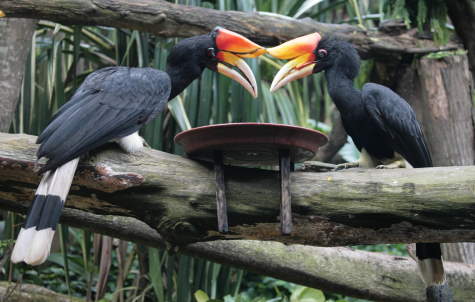
RHINOCEROS
HORNBILL!

Here Are Photos Of God's Beautiful Exotic Bird. Enjoy! :)
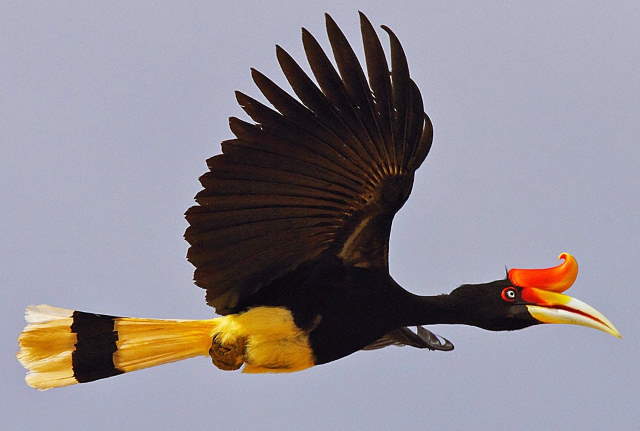
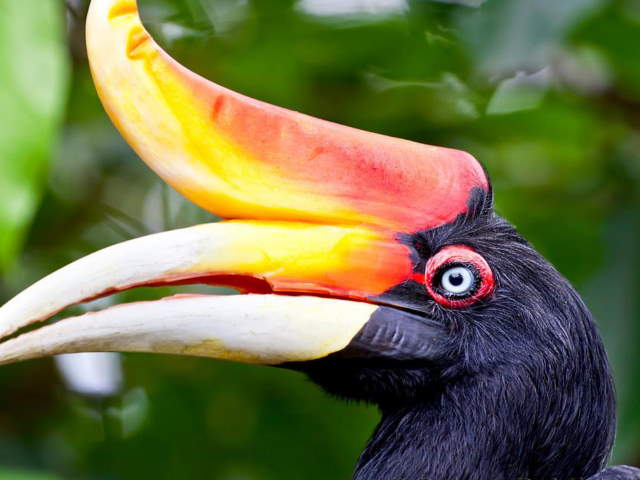
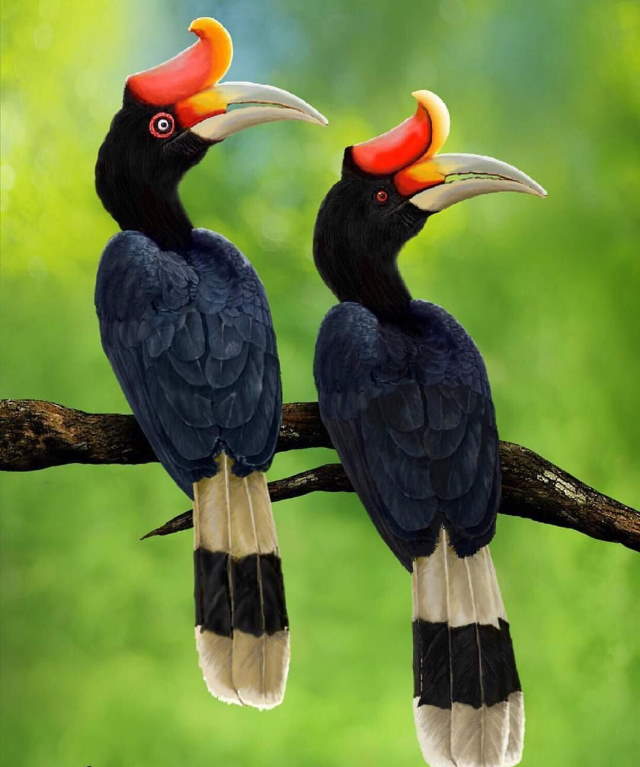
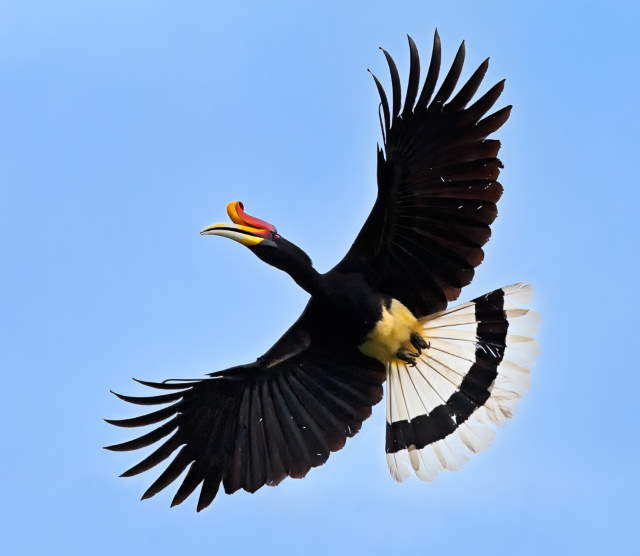
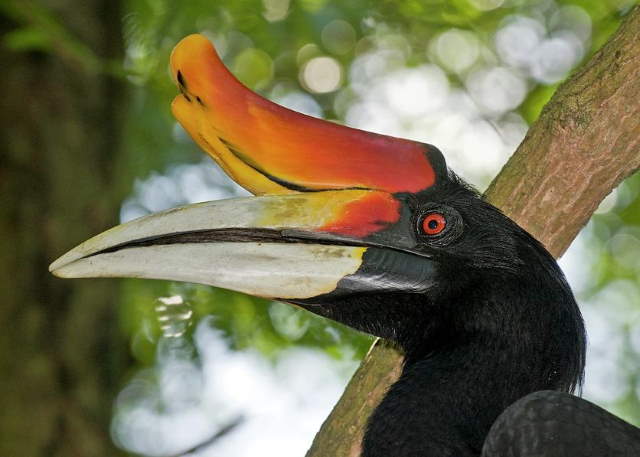
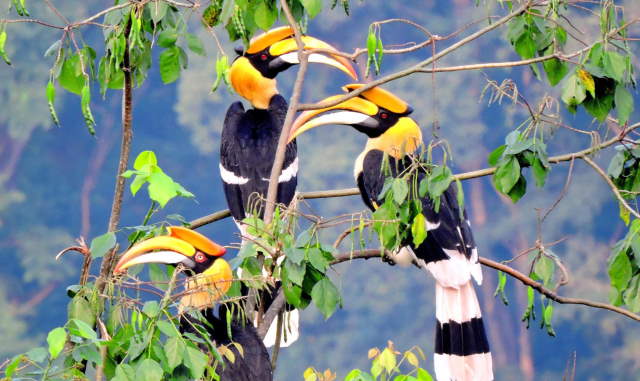
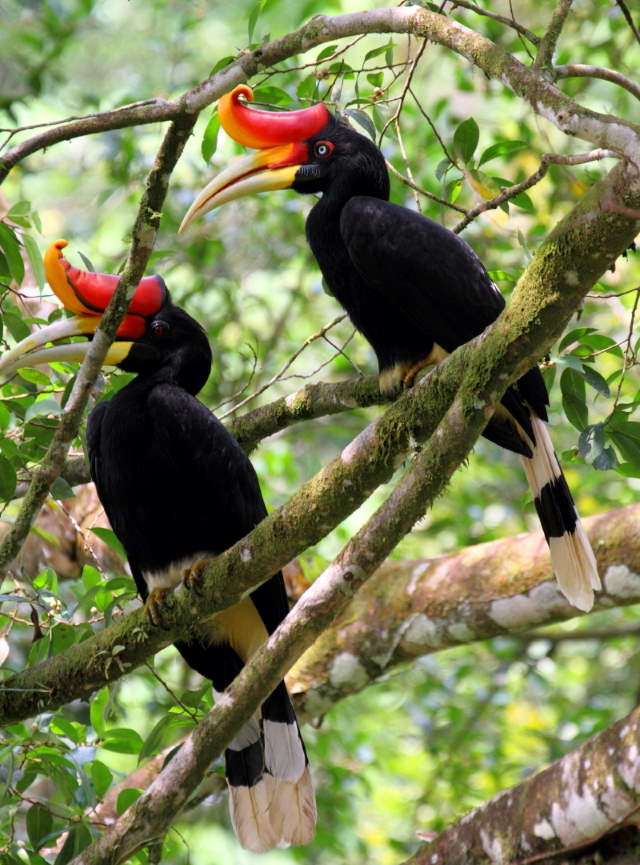
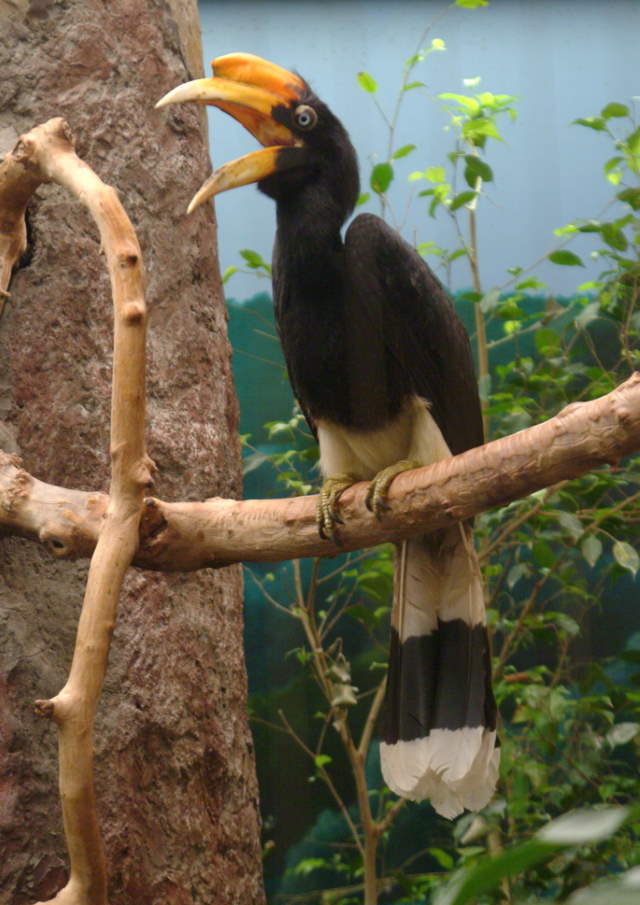
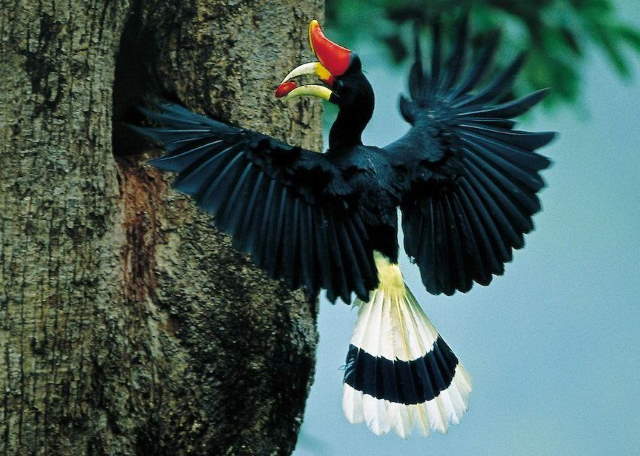
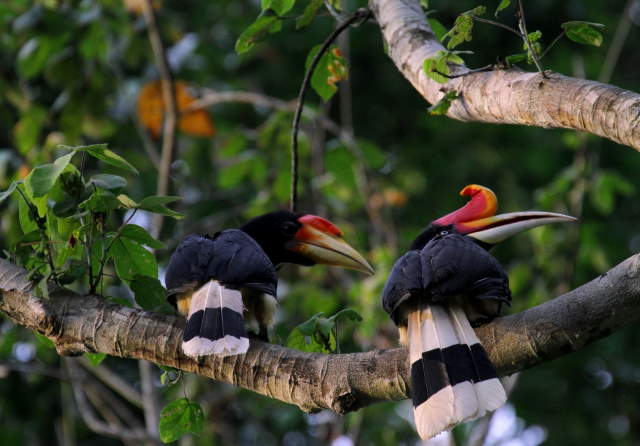
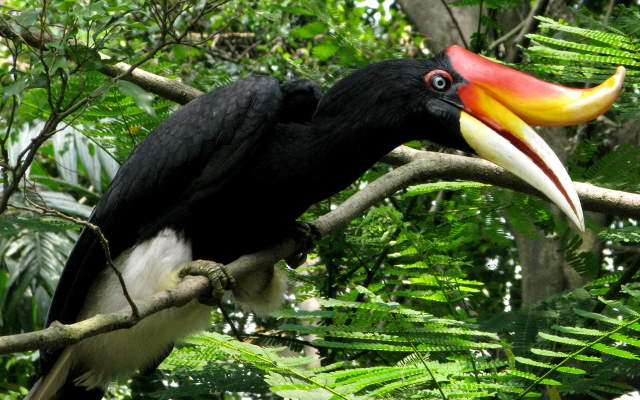
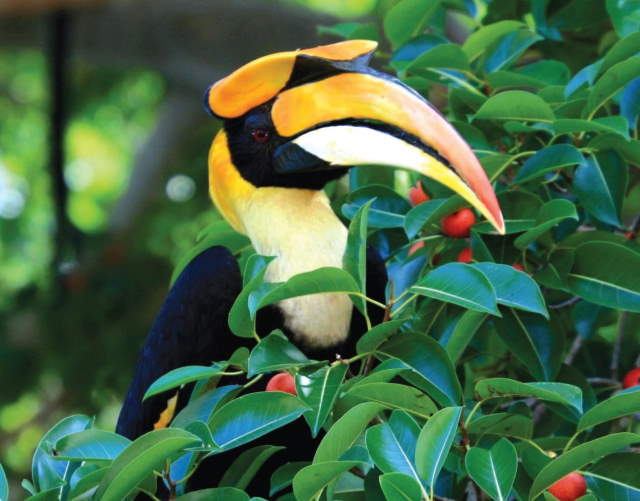
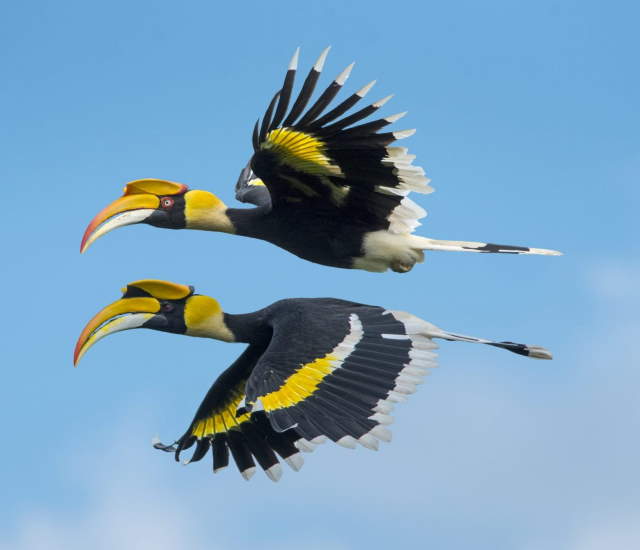
Share This Rare
Magnificent Beauty
And Amaze All Your Friends! :)

SEE ALSO: Beautiful Exotic Birds!

^BACK To TOP^
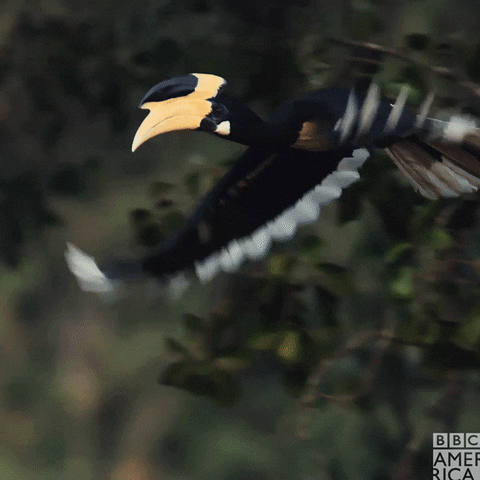
For those of you who Want More FUN - Visit The Shangy Fun List! Variety is the
spice of life! The Shangy Fun List is an ezine packed full of Poems, Inspirational and
Heart Warming Stories. Jokes from G to slightly R, and Anything else that just
might make you SMILE! Join In The Free FUN!! ... :)
Yes! Click Here To GO TO THE ARCHIVES!-
Like This Page?
If you are looking for more, here are some good places to start:

Eagle Rescue!-
Eagle Hunters!-
Colorful Birds!-
Bird Feeder Birds!-
Bee Hummingbird!-
Great Horned Owl!-
Cuteness Overload!-
Natural Show-Offs!-
World Of Peacocks!-
Rainbow Fruit Dove!-
Comedy In Nature 4!-
Singapore Bird Park!-
Great Eared Nightjar!-
Goose Calls For Cops!-
Tale Of Two Penguins!-
Beautiful Kea Parrots!-
Sociable Weaver Birds!-
Sushi The Shoebill Stork!-
Wilson's Bird Of Paradise!-
Australian Cockatoo Story!-
Incredible Wildlife Photos 5!-
A-Z Animated Images!-


 -To SHANGRALA-
-To SHANGRALA-
SPECIAL THANKS Goes To TAMMY BIGHAM For Sharing This With Us.
Copyright © 1996 Netscape Communications Corporation. Mozilla is
a trademark of Netscape Communications Corporation.
Note: This is an Unofficial God, Jesus Christ, Family, & Cartoon Fan Site.
© All graphics representing Disney characters are copyrighted by Disney.
Likewise all other graphics & music Copyright © by their own Individual Artists.
I do not own any graphics on this site. If you do, please notify me and I'll give
you proper credit, a link, or remove it immediately according to your wishes.
~*~ Copyright © 1997-2023 Elrhea M. Bigham ~*~
